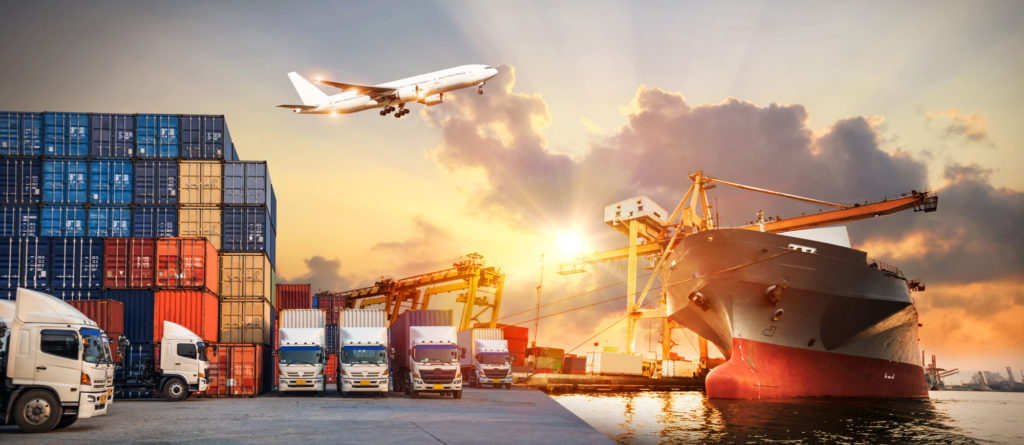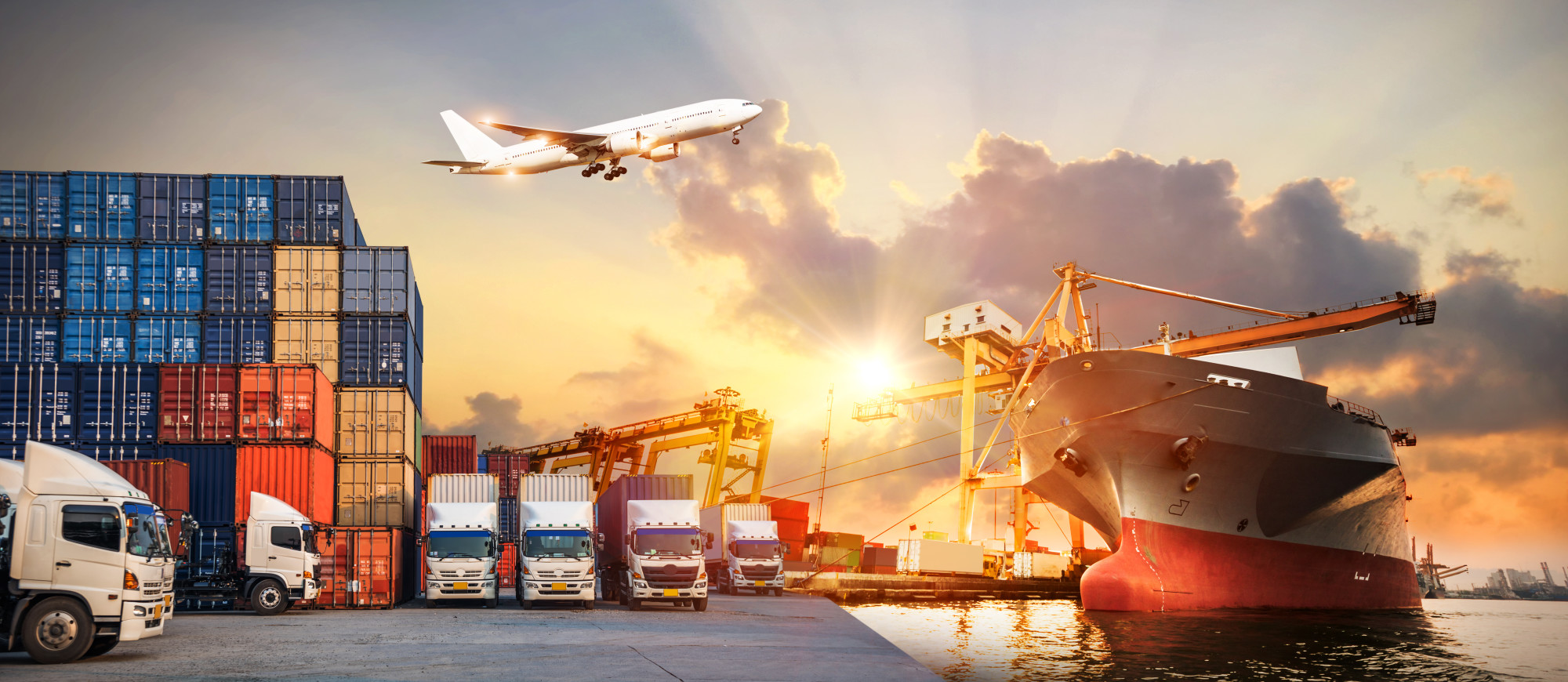
The trucking industry generated $700 billion in revenue in 2017.
Transportation is one of the most critical things businesses can invest in since it ensures that their product gets delivered to customers safely and efficiently.
While some companies transport their goods on the road, others make use of the railways, waterways, or sky. Each vessel has its own advantages and setbacks.
Which mode of transportation is right for you?
Let’s take a look.
1. Railway Transportation
Several factors will weigh in on your transportation decision. You will want to consider your budget, the urgency of your delivery, and the size and fragility of your freight. Not all goods should get transported in the same way.
Railway transportation is an economical way to transport heavy or bulk materials. It is safe, reliable, and cost-effective. Freight transported by railway will probably only be one to three days in transit.
On the negative side, the place you are shipping to may not always be located near a railway depot. You may have to pay for an additional shipment to get your freight delivered. Railway transportation may also take longer than other land options.
2. Water Transportation
Water transportation is the least expensive mode for moving goods. It is great for heavy or bulky items that do not have to get delivered quickly. You can also get breaks on pricing during certain seasons, or for specific volumes.
Water transportation, however, is considered the riskiest in terms of safety because you are exposing your freight to elements like wind, cold, heat, and waves. Special packaging is sometimes recommended, and this could influence costs. You may also need unique services like refrigeration or security.
If you are delivering goods to a location where a seaport is close by, water transportation might be the right option for you. It is, however, a little more challenging to monitor your goods while they are in transit. You will also be subject to customs.
3. Air Transportation
Air transportation is best suited for lighter or more valuable goods. It is the most efficient, and most expensive, mode of transportation there is.
You can be assured of speedy delivery with air transportation. When figuring out your cost, however, you will need to factor in insurance premiums and finance charges. Your goods will also be subject to customs.
4. Land Transportation
Land transportation and trucks, in particular, are best suited for transporting goods over long distances. It costs less than railway transportation.
Land transportation is cost-effective and suitable for transporting temperature-controlled products, like food or drug items. Truck transportation time, however, can be affected by traffic and bad weather.
Compare and Contrast
Keep in mind that all modes of transportation are affected by the weather. Inclement weather will slow your shipment down no matter what method you choose.
Your budget will be a critical factor in determining how you will ship your product. The mode of transport you choose will also depend upon how dangerous, fragile, or valuable your products are. Air and land are best for breakable, valuable goods.
Your destination will also play a role. If your client is on another continent, for example, you will not be able to use trucks or trains to deliver your goods.
You will also want to consider the location of your client as it relates to airports, seaports, and railway stations. Consider the facility and whether there are container and bulk handling available.
Shop Around
You will want to do some serious evaluation before committing to a transportation company. Don’t just go with someone whose location is convenient for your warehouse.
Get a few different quotes before you make your decision. Rule out any prices that are too high or too low.
Ask other folks in your business who they use for transportation. Be sure to look at online reviews, as they often offer anecdotal information. You can get a good idea about what it will be like to work with the shipping company of your choice.
You will also want to get some references and call people to hear about the details of their experiences.
Make sure that the company you choose has delivered your type of freight before. The salesperson should be knowledgeable, patient, and trustworthy.
A credible shipper will be able to provide you with a US Department of Transportation authority number and proof of insurance.
The US Department of Transportation requires shippers to have at least $1,000,000 in liability insurance. You will want to look over the company’s bill of lading to determine what their responsibility is if damage occurs.
You should have all of our services confirmed in writing before you ship. If your shipper does not provide a written commitment, it is a big red flag.
Inspect your freight carefully both before and after shipping. Snap a few photos, so you have proof in case any damage occurs.
Be sure to follow any and all guidelines provided by your shipper. You may even be able to leave special instructions taped to the freight.
Choose Your Mode of Transportation
Choosing your mode of transportation should not be done carelessly. Consider your budget, freight size, and need for speed before deciding on a shipping vessel. You will also want to compare prices, study reviews, and look for licensing and insurance before committing to a shipping company.
For more information on freight shipping, contact us today.
